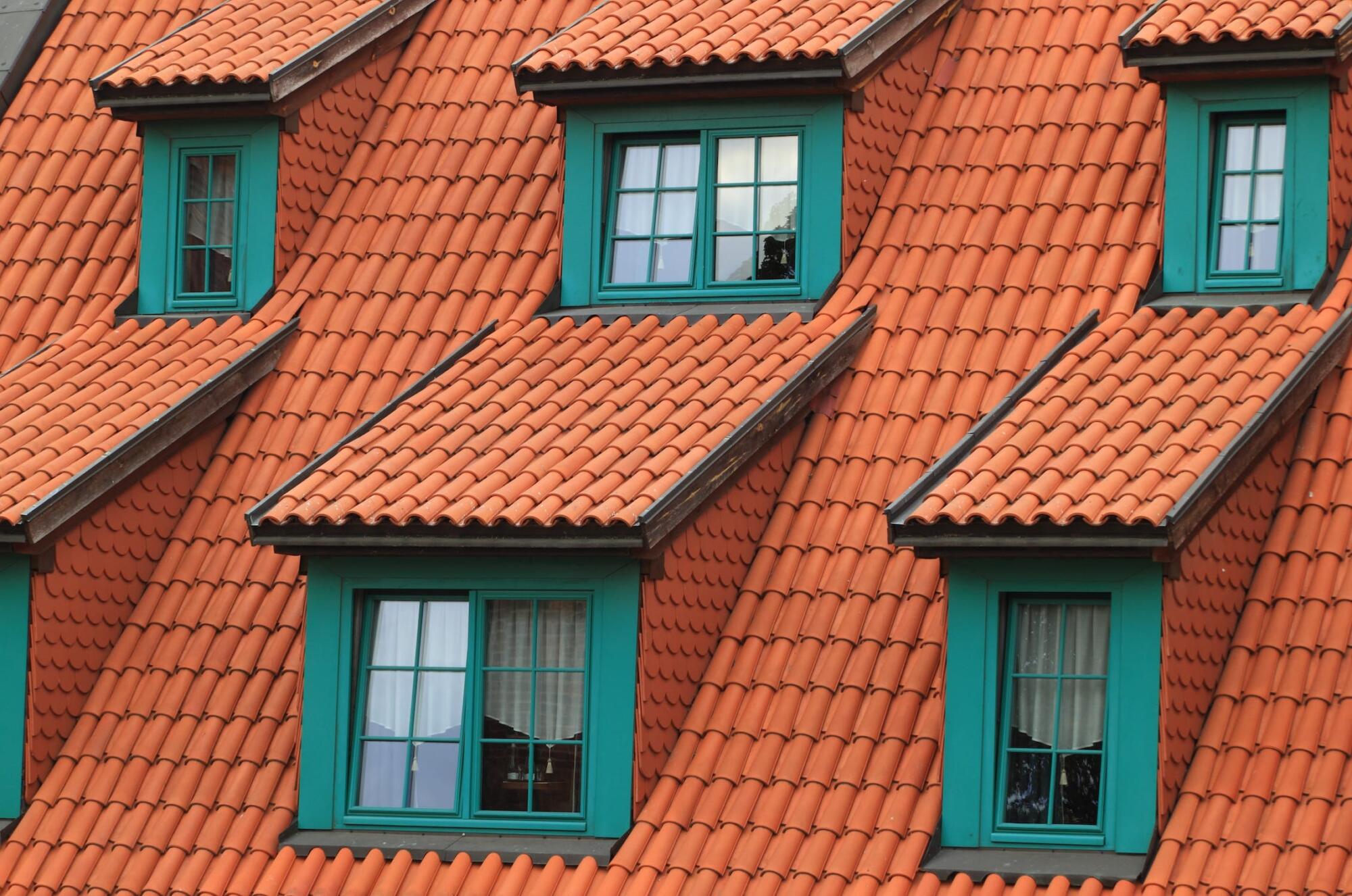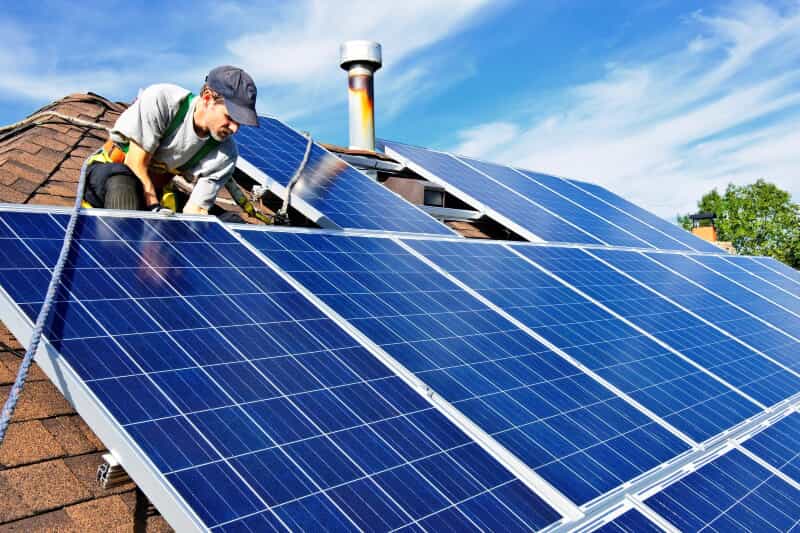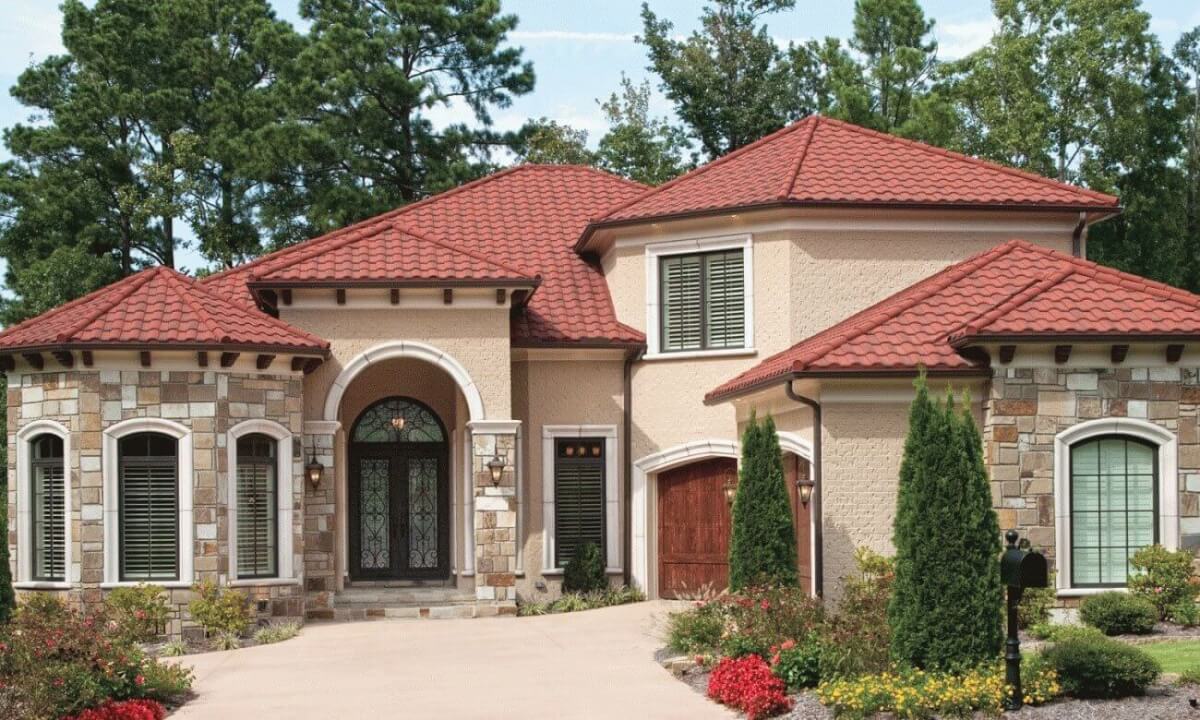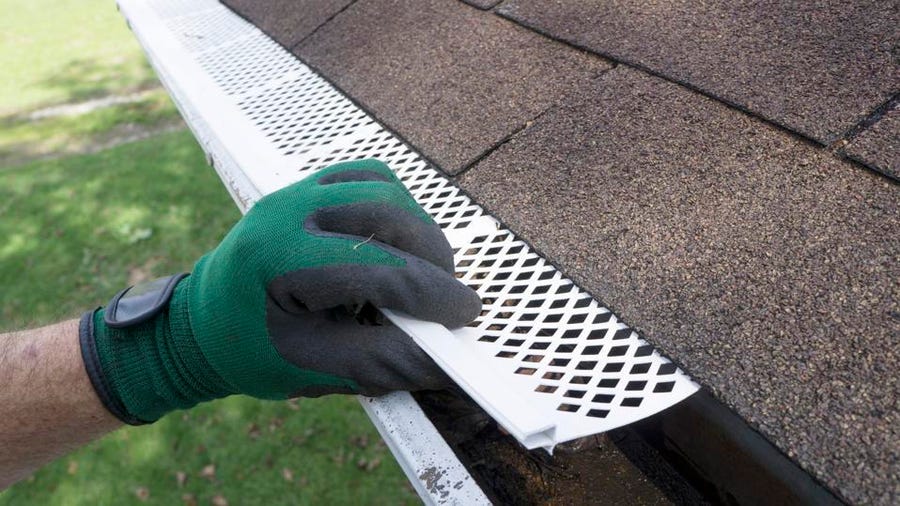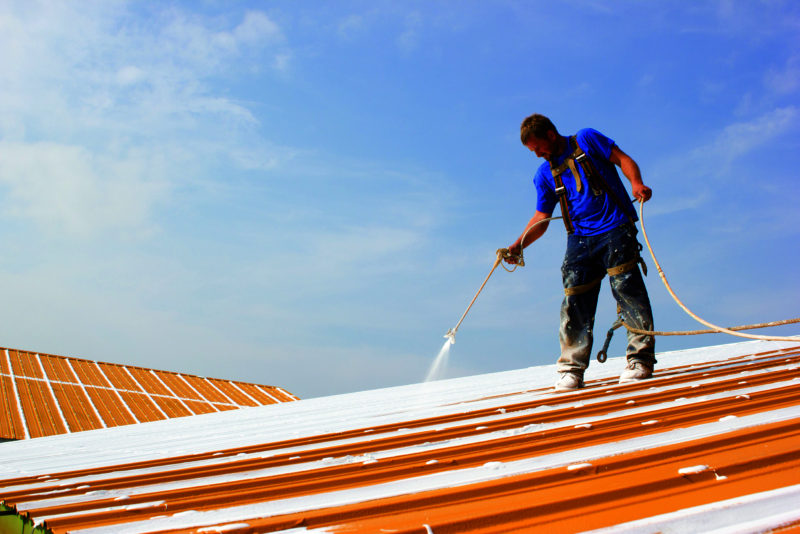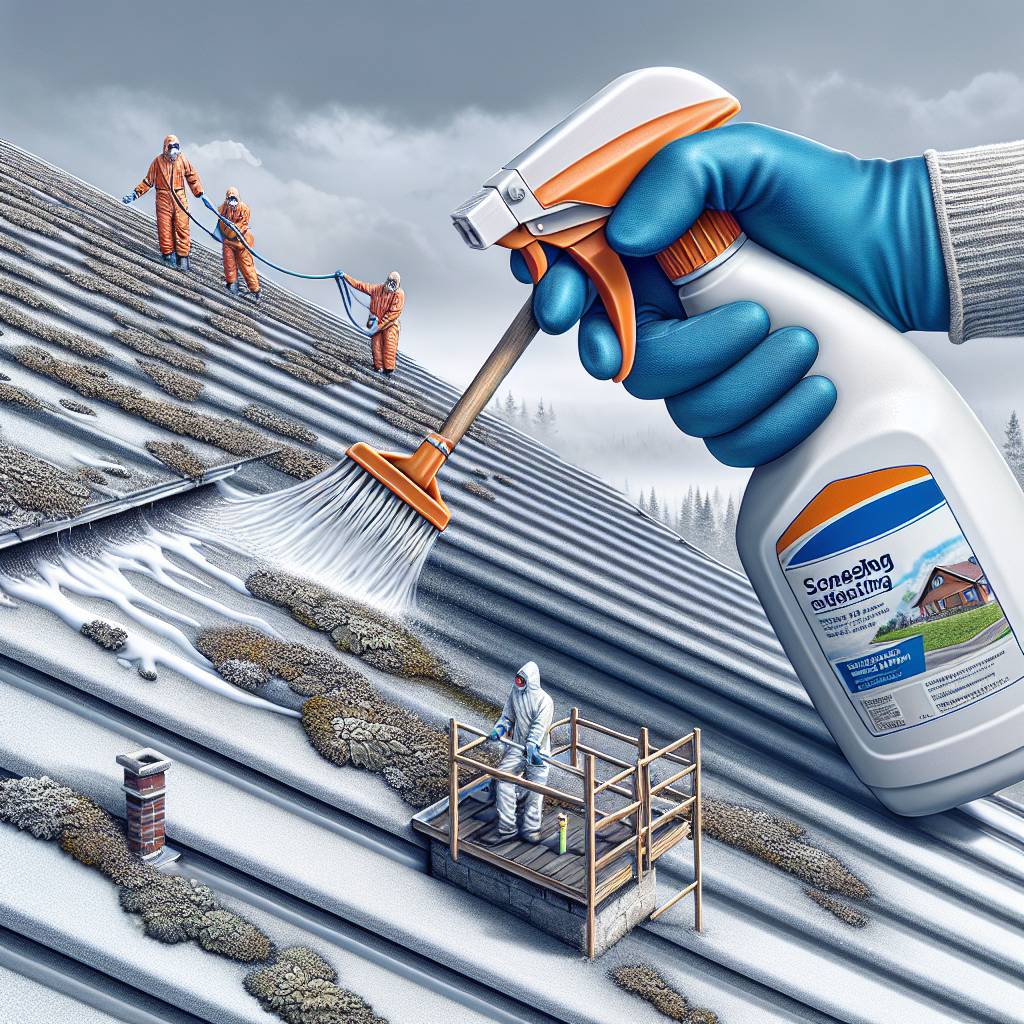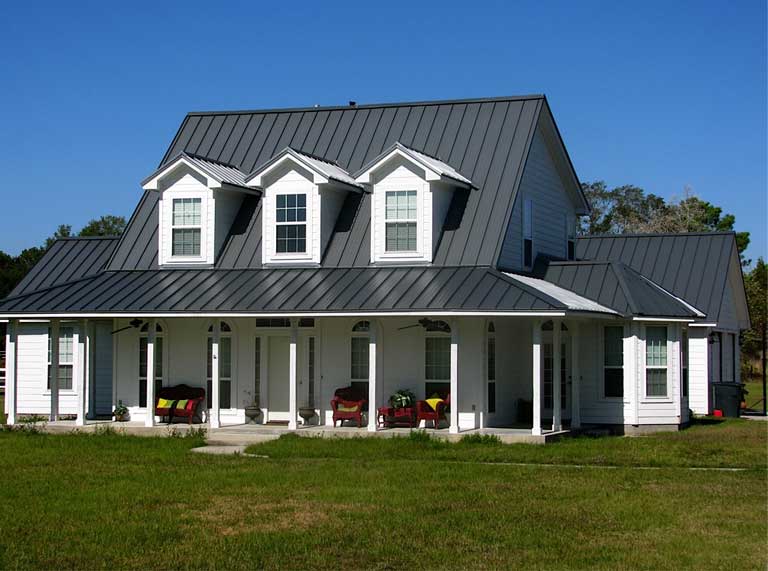Homes have evolved a lot in the last few years. They are better built, better insulated, and overall more efficient. But even though our homes are more energy efficient than ever, we still need to be mindful of their vulnerabilities. One of those vulnerabilities is the roof.
If you want to make sure your home stays strong for years to come, follow these tips:
Reinforcing Roof Structure
If you’re planning on replacing your roof, it’s essential to make sure that the structure of your house is strong enough to support it. Check for signs of rotting or damage to beams and joists by inspecting them closely for rot or splinters. If you find any rotten boards or damaged joists, replace them with new ones made from pressure-treated wood.
Quality Roofing Materials
Choosing suitable materials is crucial to the long-term health of your roof. Here are some tips for choosing a durable and resilient material:
- Fire resistance: If you live in a fire-prone area, consider materials rated as Class A or better in terms of fire resistance. This ensures that your roof will not burn down if an outbreak of flames is nearby. In this scenario, you can opt for metal roofing, as it is fire-resistant. According to Forbes, metal roofing costs between $8,500 to $68,000. So, if you have the proper budget, metal roofing will be an excellent choice.
- Durability: The lifespan of any product depends on how well it has been maintained over time. However, some products simply have more longevity than others. Look for ones that can withstand extreme weather conditions without falling apart quickly.
- Cost: While quality roofing materials may come with a higher upfront cost, they can save you money in the long run. This is achieved by reducing the need for frequent repairs or replacements.
Install Barge Boards
Barge boards are a type of weatherboard that is a covering for the sides and rear of your home. They are installed on the gable ends of a roof and serve several purposes:
- Weather protection: A barge board helps protect the exposed edges of the roof from the elements, including wind, rain, and snow. It acts as a barrier, preventing moisture from infiltrating the roof’s edge, which can lead to water damage and rot.
- Eave closure: Barge boards often close off the roof’s eaves, creating a finished look. This helps keep pests and birds from nesting in the eaves, a common problem in some areas.
According to Belco, barge boards also serve the purpose of aesthetic enhancement. They can add visual interest to the roofline and enhance the overall appearance of a building. They come in various designs and can be painted or stained to match the structure’s architectural style.
Installing new barge boards follows the same procedure as installing any other type of cladding. Cladding is applying one layer of some material over another to strengthen it. In 2021, wood as exterior cladding in the midwest stood at 17%, but it is still the second choice compared to vinyl siding.
Here’s how the barge board installation process is:
- Measure where you want them installed
- Cut them down to size
- Nail them into place using galvanized nails or screws, depending on what kind of material they’re made out of
Proper Roof Ventilation
When you want to strengthen your roof, it is essential to consider proper ventilation. Adequate ventilation will help prevent mold and mildew from growing inside your house or office building.
Suppose you want to protect your property from water damage caused by rainwater runoff or snowmelt. This can occur when it flows down into homes through gutters and downspouts that are not appropriately directed. In that case, installing gutter guard systems may be an excellent way for homeowners.
Gutter guards cost $1,481 on average, depending on the length and material used. These systems prevent leaves from clogging up their openings, allowing water to easily pass through them unimpeded. They are ideal for people who want peace of mind, knowing they won’t need costly repairs due to blocked gutters later.
Coating Your Roof
A roof coating is a protective layer that can be applied to the roof to protect it from damage. It’s a temporary solution, though, and shouldn’t be used as a permanent one. Roof coatings can be used to repair leaks and cracks in the roofing material itself.
For example, if you have an asphalt shingle roof with some areas where moisture has caused damage, applying a roof coating can help. Roof coatings may also be used as an underlayment for new shingles when you’re doing a complete replacement job on your home’s exterior.
The longevity of any type of coating depends on how well it adheres to whatever surface it’s applied. Suppose there isn’t enough bond between what’s underneath and what covers up top. In that case, cracks will inevitably appear due to poor adhesion between layers. This means less protection will be against UV rays or water damage from storms, rainfall, etc.
Regular Roof Maintenance
It’s essential to check your roof at least once a year or more often. If you live in a place with extreme temperatures, it’s also important to check for damage during winter when frost can cause cracks.
The best time of year to get your roof inspected is early spring when all those leaves start falling off trees. This way, any problems will be easier to spot from above, and there won’t be so many leaves on top of them.
Addressing Leaks and Weak Points
One of the biggest reasons for roof damage is leaks and cracks on it. The cracks can increase over time, leading to further leaks and damages.
Here’s how you can address leaks and weak points.
- Check for leaks. If you’re experiencing water damage, a leak is likely the culprit. You may need to hire an expert to help with this step if you aren’t sure where to start looking. Checking for and repairing leaks is also vital for preventing water wastage. Data shows that leaks can lead to the wastage of 1 trillion gallons of water annually.
- Check for weak points on your home’s exterior walls, such as damaged flashing or siding. These weak points could allow moisture through cracks in your house’s outer envelope. This can be tricky since many homeowners don’t know what flashing or siding looks like on their home. But even if they did, identifying these problem areas might require professional assistance due to how complex some roofs can get.
- Repair or replace damaged shingles as needed. If any are missing entirely, consider replacing those, too, since they’ll be unable to do their job effectively without being present. Be sure to check up high and down low where rainwater might collect around gutters or other parts of your roof structure. This can help prevent seepage into the insulation underneath.
Conclusion
The most important thing to remember regarding your roof is that you should never take it for granted. If you have any concerns about its condition, don’t hesitate to call a professional. They can assess your situation and recommend how to proceed. This can help ensure your home remains safe and secure for years.
